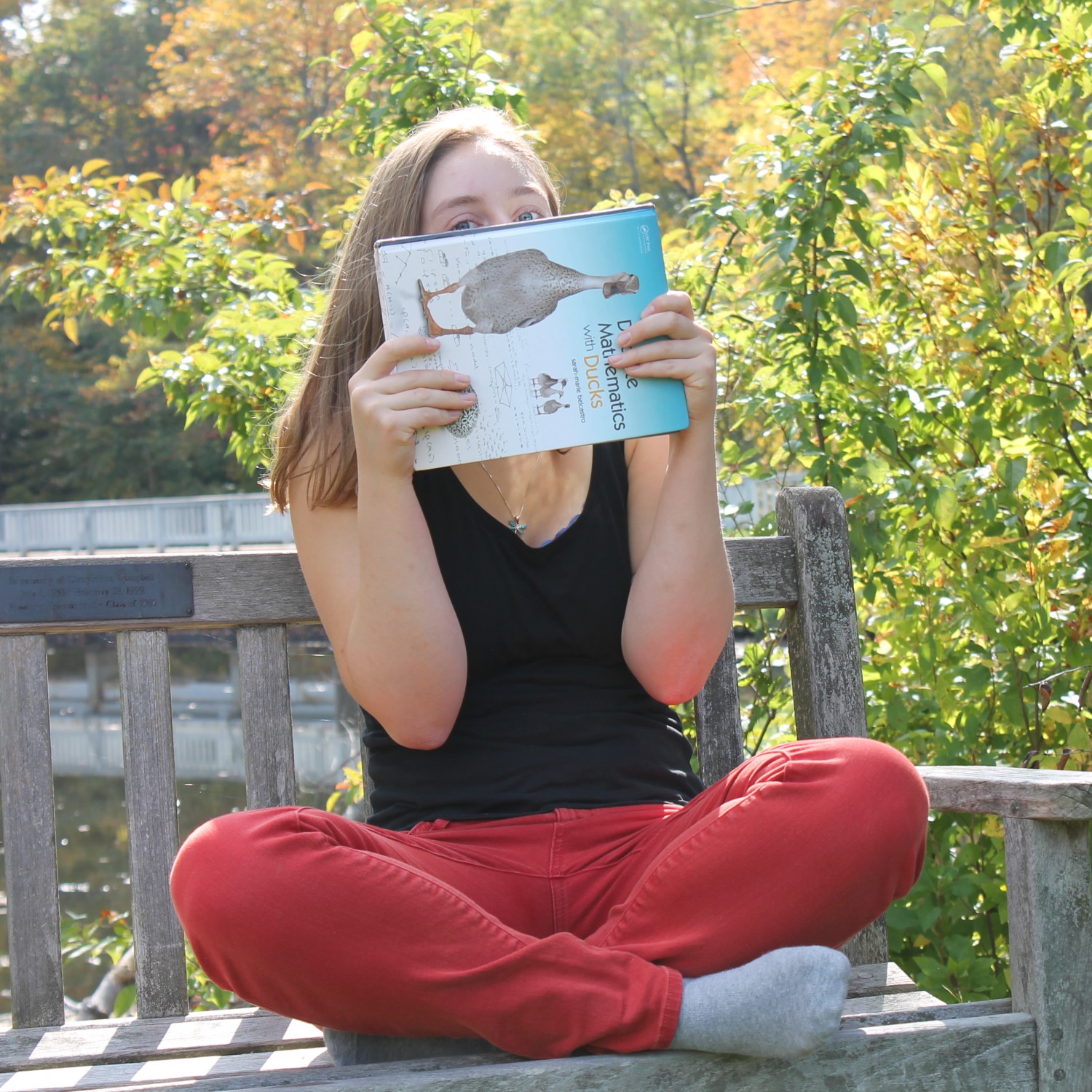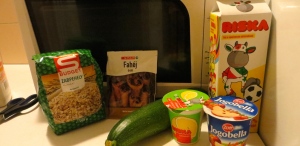I’ve never questioned my liberal arts education until this semester.
When I was in the process of searching for colleges I was torn between choosing to study music or to study something in the sciences– so I didn’t make a choice… I went where I could do both. I decided to go to a liberal arts college and became a math major with a minor in pipe organ performance.
I still feel like this was the right choice for me, but I am no longer as certain as I used to be. What if I had gone to a tech or research university instead?
Spending this semester at BSM is making me realize how much math I simply don’t know. And it makes sense: the students who go to university and take 4 or 5 STEM courses a semester where I normally take two should know more math and science than I do.
However, it’s causing me to struggle here. There are so many things I don’t know. So many “famous” proofs that I have not seen. So many “rudimentary” theorems I’ve not heard of before. I take longer on my problem sets than many other students because I need to do the background scut work at the same time. It makes me be the embarrassed student in the room who raises her hand during the colloquium in response to the question:
–Who doesn’t know that proof the area of a parallelogram on a grid is equal to the determinant of its two component vectors?
At BSM, unlike at home, I sit toward the bottom of the class here. I sit in lecture and feel kind of stupid in terms of my mathematical knowledge. My liberal arts education has not prepared me mathematically for the intense program at BSM. I’m having a hard time. I imagine this is what graduate school in maths might be like, and that I will have to work exceedingly hard to fill in the gaps in my maths education if I choose to pursue graduate studies.
However, my liberal arts education has given me breadth of knowledge, if not mathematical depth. It has taught me how to learn anything I want or need to, and it’s allowed me to follow my multiple passions.
I have to remember that although I might feel stupid in the maths classroom, there is so much else I get the chance to study that science-only students don’t:
- I have classroom discussions on gender and sexuality.
- I take advanced-level French and have become completely conversationally proficient.
- I write papers on the importance of memorilization in a post-genocide society.
- I give recitals and lead entire worship services from behind a pipe organ.
This is all important too!
I think that neither the liberal arts student nor the science student is better than the other– they’re just different. I am beginning to understand that we probably need both kinds of academic citizens in this world.
Feature Photo: Last Light, by Felix Gonzalez Torres. “The work of Cuban-born artist Felix Gonzalez-Torres, whose family emigrated to the US in 1979, revolves around themes both personal and political, such as racism, homophobia, history, and international politics. Inspired by Christmas decorations, his lightbulb installations suggest both celebration and memorial. Untitled [Last Light] alludes to his friend Ross Laycock’s death from AIDS in 1991, evoking not only death but also renewal, bulbs always being replaced as they burn out.” (Le Centre Pompidou.)














